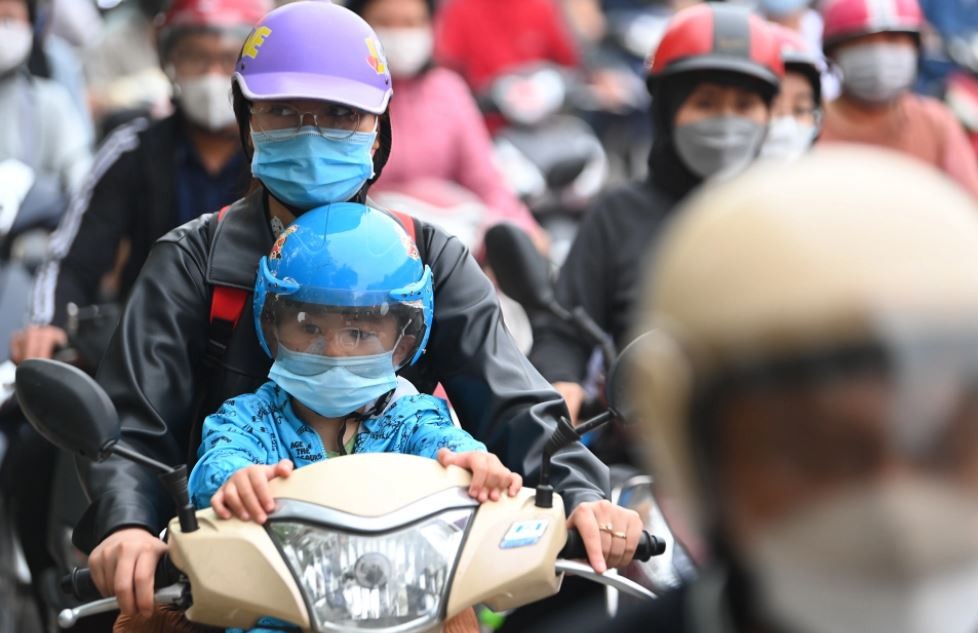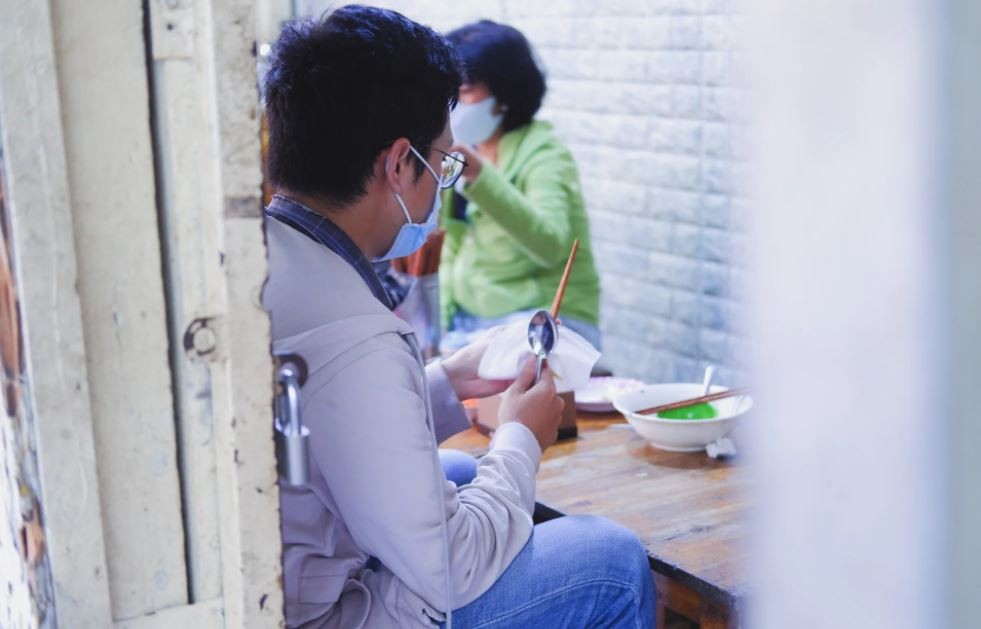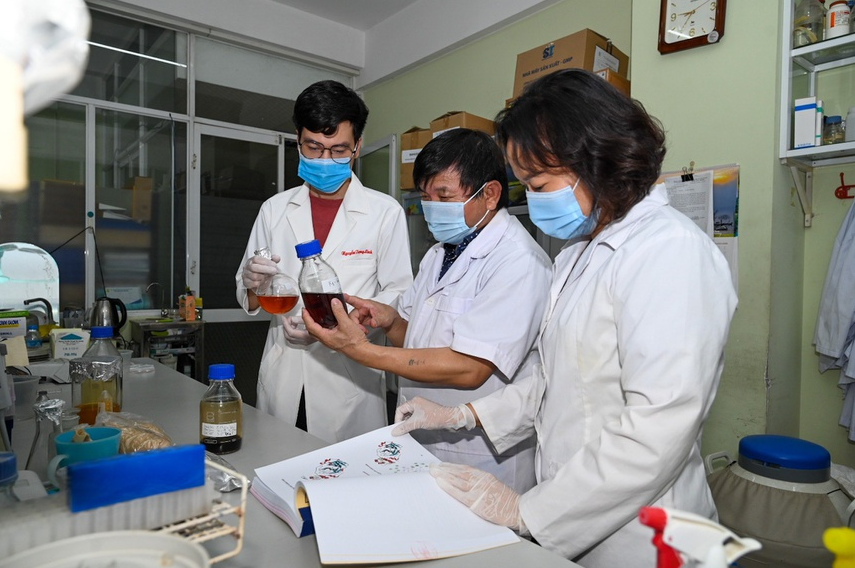The coronavirus tends to take five days to cause symptoms
 |
| Covid-19 generally "causes symptoms within five days" |
The coronavirus tends to take five days to cause symptoms, research suggests.
Scientists from John Hopkins University in Baltimore, Maryland, looked at 181 people who tested positive for the strain Covid-19 between 4 January and 24 February.
Results show most developed the tell-tale flu-like symptoms within five days, while nearly all (97.5%) endured fever, cough and breathlessness within 11.5 days.
The scientists predict 101 out of every 10,000 patients develop symptoms after 14 days, the typical time suspected sufferers spend in quarantine.
One expert stressed there is “little evidence to suggest a quarantine period of 14 days is not suitable”.
Covid-19 emerged at a seafood and live animal market in the Chinese city Wuhan, capital of Hubei province, at the end of last year.
It has since spread globally into more than 100 countries across every inhabited continent.
Since the outbreak was identified, more than 111,000 people have tested positive for the virus, according to John Hopkins University data.
China is still the epicentre of the outbreak, with 80,735 of the confirmed cases.
Incidences appear to be plateauing in the Asian country, however, with just 40 new patients being identified over night – the lowest since reporting began at the beginning of the year.
Eighteen countries have just one confirmed case.
With four out five incidences thought to be mild, over 62,000 patients have “recovered” worldwide.
Globally, the death toll is approaching 4,000.
The UK has 319 confirmed cases, with five Britons succumbing to the infection.
How long does the coronavirus Covid-19 infection take to cause symptoms?
Covid-19 was officially declared a global emergency by the World Health Organization (WHO) on 30 January.
The following day, the US Centers for Disease Control and Prevention announced all citizens returning from Hubei would be “subject to mandatory quarantine for up to 14 days”.
The UK government also recommends people “stay indoors and avoid contact with other people” if they have returned from a high-risk area in the past 14 days.
With Covid-19 virtually unheard of at the start of the year, and little known about how long it takes to cause symptoms, the John Hopkins scientists set out to learn more.
Using news and public-health reports of the virus in 50 regions outside Hubei, the team noted the “time of possible exposure” to symptom onset.
Exposure was largely calculated according to the “time between the earliest possible arrival to and latest possible departure from Wuhan”.
For those who had not been to the city, exposure was defined as the “maximum possible interval of exposure to the infectious person”.
Results, published in the journal Annals of Internal Medicine, suggest most developed symptoms within 5.1 days.
Less than 2.5% showed signs of infection within 2.2 days.
Covid-19 is one of seven strains of the coronavirus class that is known to infect humans.
Four of the strains cause the common cold, which tends to “come on” quicker.
“Human coronaviruses that cause common colds have mean illness-incubation periods of about three days,” said study author Professor Justin Lessler.
To allow for the possibility symptoms like a sore throat or cough could be caused by a non-coronavirus infection, the scientists also looked at fever, which is more specific to Covid-19.
They calculated it generally took 5.7 days from infection to fever onset, with 2.5% developing it within 2.6 days and nearly all (97.5%) within 12.5 days.
Read more: Should we be concerned by the ‘second strain of coronavirus’?
Overall, the scientists concluded a 14-day quarantine period is “well supported by the evidence”.
They added, however, “longer monitoring periods might be justified in extreme cases”.
The “costs” of extending quarantine will need to be considered, but may be justifiable in “high-risk scenarios”, such as a healthcare worker who did not wear protective gear around a patient.
“An accurate estimate of the disease incubation period for a new virus makes it easier for epidemiologists to gauge the likely dynamics of the outbreak and allows public-health officials to design effective quarantine and other control measures,” said Professor Lessler.
“Quarantines typically slow and may ultimately stop the spread of infection, even if there are some outlier cases with incubation periods that exceed the quarantine period.”
By looking at “publicly-reported cases”, the scientists noted only severe patients may have been included.
Mild incidences that did not cause symptoms could have a different incubation period, they added.
One expert stressed the study is based on “assumptions”.
“We have to acknowledge the models [the scientists] use to estimate [the] incubation period [time between infection and symptom onset] make key assumptions and perhaps the assumption most likely to impact on their data is that a person became infected as soon as they came into contact with the virus,” said Professor Jonathan Ball from the University of Nottingham.
“This might not be true, the real infection time point might be much later, yet assuming the infection occurred at an earlier date will make the incubation period appear longer.
“I think it is really important when dealing with this outbreak that we fully understand the limitations of studies and their findings, and also base any intervention or policy on norms, not extremes.
“As it stands there is little evidence to suggest a quarantine or self-isolation period of 14 days is not suitable.
“Also, there is little if any evidence that people can routinely transmit virus during the asymptomatic period.”
Speaking on 3 March, the WHO’s director-general Dr Tedros Adhanom Ghebreyesus said: “Evidence from China is that only 1% of reported cases do not have symptoms”.
Patients who do not sneeze or cough, the main routes of transmission, would be expected to pass the virus to fewer people.
What is the new coronavirus Covid-19?
Most of those who initially caught Covid-19 worked at, or visited, the “wet market” in Wuhan.
Officials confirmed early on in the outbreak the virus spreads face-to-face via droplets that have been sneezed or coughed out by a patient.
There is also evidence it may be transmitted in faeces and urine.
In severe cases, pneumonia can come about when the infection causes the alveoli (air sacs) in the lungs to become inflamed and filled with fluid or pus.
The lungs then struggle to draw in air, resulting in reduced oxygen in the bloodstream.
Covid-19 has no specific treatment, with care being “supportive” while a patient’s immune system works to fight off the virus.
To prevent infection, officials recommend regular hand washing and “social distancing”.
 | South Korea’s associations in Vietnam support coronavirus quarantine centers Recently, VND 1.8 billion worth of gift packages and cash from South Korea’s associations in Vietnam such as the Korean Association in Hanoi, Korea Chamber ... |
 | Vietnamese celebrities requested to undergo health checks following Europe fashion weeks HCMC authorities are asking celebrities who met Vietnam’s 17th COVID-19 patient and her sister at several top European events to undergo health examinations. |
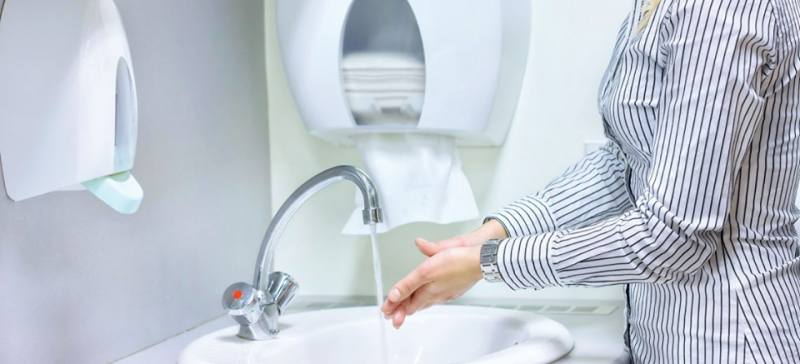 | Hand dryers won't kill coronavirus and nor will UV lamps Hand dryers and UV lamps won't kill the coronavirus, the World Health Organization has said. |
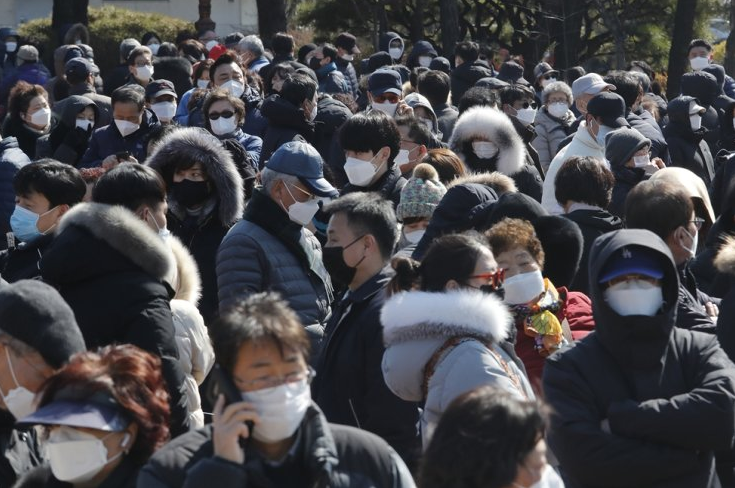 | Coronavirus: Travellers with false health declarations to face fines, prosecutions Amid over 3,000 casualties due to the coronavirus outbreak worldwide, severe penalties await those who flout quarantine orders. |
Recommended
 World
World
Thailand Positions Itself As a Global Wellness Destination
 World
World
Indonesia Accelerates Procedures to Join OECD
 World
World
South Korea elects Lee Jae-myung president
 World
World
22nd Shangri-La Dialogue: Japan, Philippines boost defence cooperation
 World
World
Pakistan NCRC report explores emerging child rights issues
 World
World
"India has right to defend herself against terror," says German Foreign Minister, endorses Op Sindoor
 World
World
‘We stand with India’: Japan, UAE back New Delhi over its global outreach against terror
 World
World

